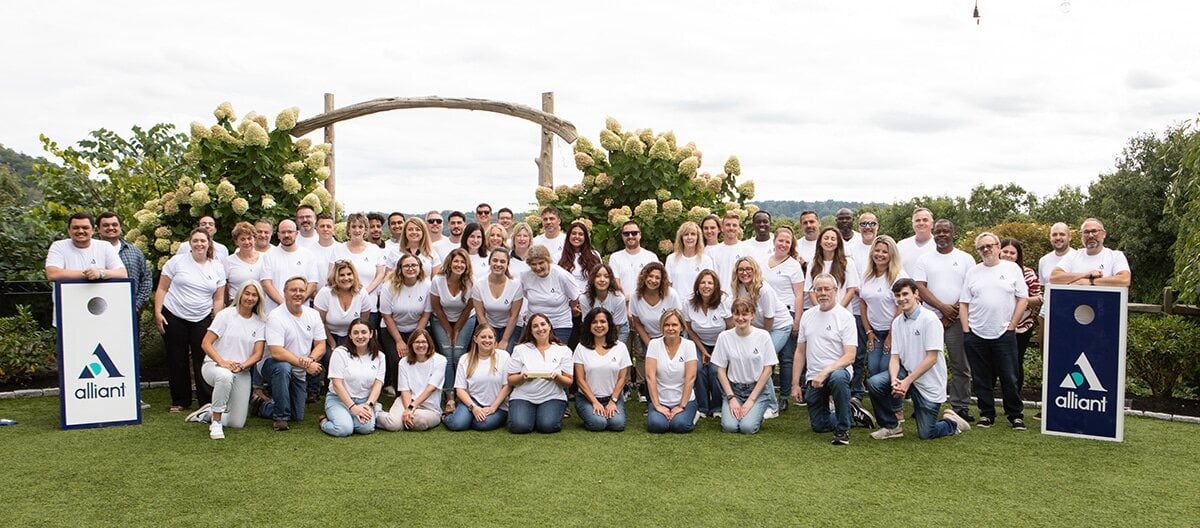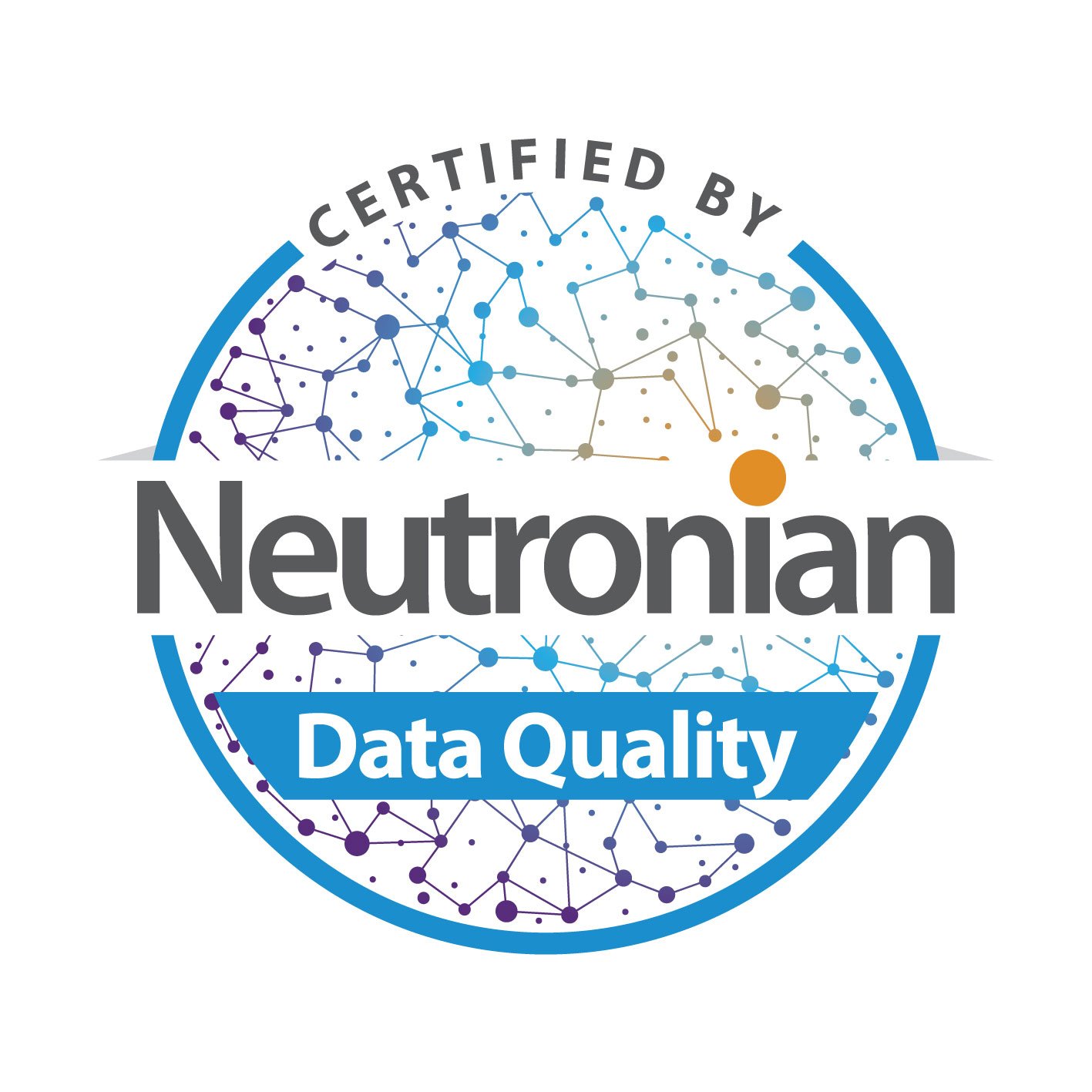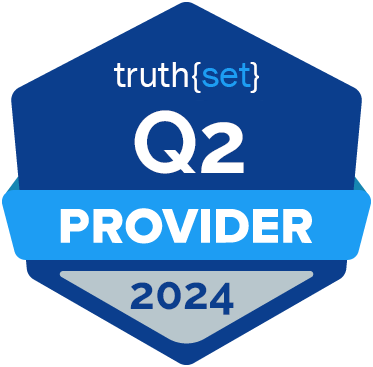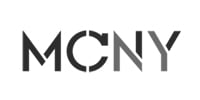It’s hard to believe but were approaching the end of another year! The Winterberry Group estimates that total 2021 US marketing spend will finish above $410B, representing a return to growth from 2019 levels. To get here, we’ve all experienced a lot of change, and things are unlikely to slow down in 2022. We spent some time catching up with Alliant team members across data strategy, sales, marketing, engineering, and compliance to hear their thoughts on what aspects of 2021 will continue, evolve, or come to an end in the coming year. Here is look at five predictions based on their insights.
Broader adoption and implementation of digital identity solutions
The industry has been preparing for a cookie-less future, but 2022 will be the time to put plans into action. Brands can no longer be in a “wait and see” mode, as competitive advantage will be gained by those who start testing strategies with different identity frameworks. We’ll also start to see more use cases for activation and how performance compares to cookie benchmarks.
Data collaboration will accelerate
As cookies fade and data transparency becomes a requirement, there will be a rise in data collaboration. Marketers have been focused on building strong first-party data assets, and in the next year will likely have an increased interest in second-party data access, finding quality partners that will allow them to maximize the value of hard-won customer data. Continued adoption of collaboration and clean room technologies will occur to accelerate these efforts.
Connected TV moves to the forefront
To keep up with shifts in viewership and media consumption, US advertisers are expected to spend $19.1B in 2022, which will be up 32.3% compared to the $14.4B spend this year (eMarketer). Now that 40% of US homes are only reachable via CTV, the question is not if marketers will buy CTV ― it’s how. The CTV supply chain is complex and will require innovation to overcome challenges as it matures, but marketers can no longer hold back on the channel.
Diversification with multi-channel strategies
CTV is important, but as the lasting effects of the pandemic and ongoing supply chain issues reverberate through 2022, a cross-channel approach will enable marketers to quickly respond to changes. Each channel can be dramatically impacted in unexpected ways through material shortages, platform outages, regulatory changes, consumer behavior shifts, M&A activity and more. Brands will begin to create more diversified strategies with a network of partners to mitigate the impact of any changes.
Expect limited regulatory changes
Regulatory fragmentation at the state level and minimal progress at the federal level will likely continue. CPRA and CDPA go into effect January 2023 so businesses will be preparing for new and updated requirements. Like Alliant, many organizations apply CCPA rules to all US citizens, so modifying processes for CPRA should not represent as much of a strain on resources. However, ongoing fragmentation will lead brands to emphasize partners that can guarantee compliance and have rigorous standards in place.
Many opportunities and challenges lay ahead for the marketing industry in the coming year. With compliance at the core, the Alliant team is committed to being at the forefront of industry trends to help our clients and partners deliver successful growth in 2022. Continued investment will focus on enhancing the DataHub identity graph, integrating with leading data collaboration platforms and building innovative, scalable audience solutions that deliver reach and performance across all channels.
What are your predictions for 2022? Drop a comment below or reach out directly to let us know what we missed!































Submit a Comment